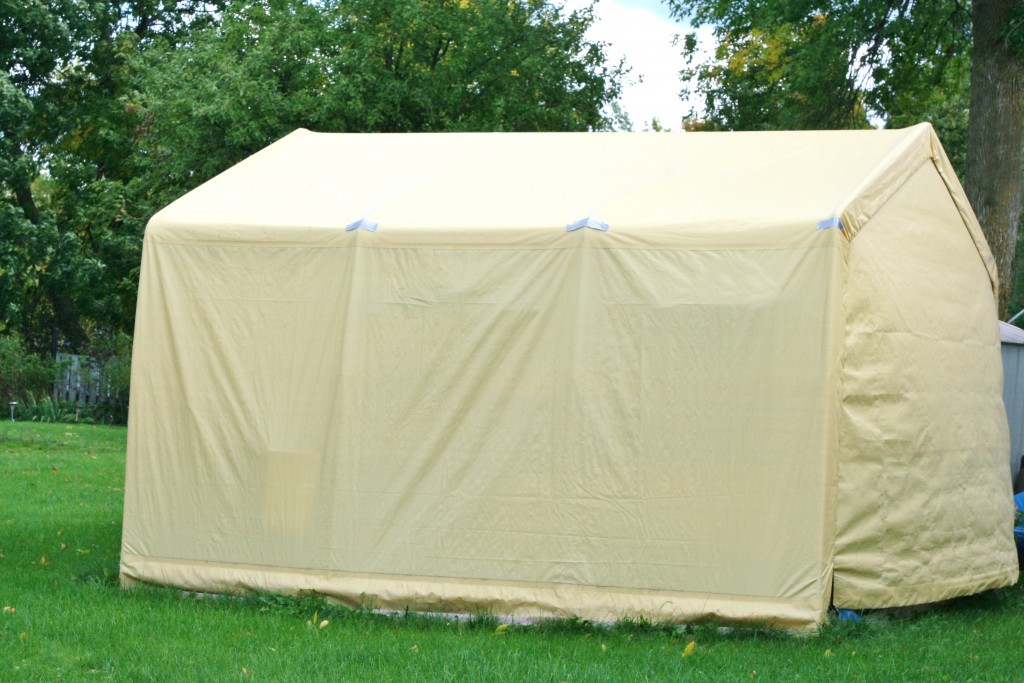Rainwater harvesting is the act of storing rainwater
for different uses. The collected rainwater is redirected into a deep
pit or a reservoir, which can then be used for various residential and
agricultural purposes.
Rainwater harvesting is growing more
and more prominent in many countries in support of the green movement.
In Germany and Australia, rainwater harvesting is already a norm amongst
homeowners. A number of Canadian homeowners are also beginning to
implement rainwater-harvesting systems for their homes.
Collection method
The
traditional and most common way of collecting rainwater is through a
method where a house’s roof is used for catching rainwater. As rain
falls down the roof, it is redirected to flow through gutters and
downpipes and then down to a barrel, where it is collected and stored.
The barrel can be bought in a hardware store, or can come from recycled
material. For example, a lot of industrial companies sell their used intermediate bulk containers at lower than retail prices. Just remove the container’s bunded pallet and you’re good to go.
A more current method on rainwater harvesting is through the use of a Rain Saucer.
A Rain Saucer is a stand-alone rainwater collection system that does not need a roof or a gutter. The device looks like an inverted umbrella. It can be set up anywhere around your home as long as it has direct contact with the falling rain. The Rain Saucer collects rainwater as it falls from the sky, minimizing the risk of contamination and increasing the possibility of the rainwater being used as drinking water.
Benefits of collecting rainwater

One of the most important benefits of collecting rainwater is that it can help conserve the use of potable and municipally treated water. Rainwater harvesting reduces the demand for potable water as well as the generation of wastewater. By doing so, the process lowers the burden on municipalities supplying a huge water demand to its citizens. For the citizens, it helps lower their water bills because they do not wholly rely on municipally treated water.
Rainwater collection also helps in a process called groundwater recharge,
which is important for maintaining a sustainable groundwater
management. Simply put, groundwater recharge means refilling the water
supply available underground. This recharge helps move excess salts that
have accumulated in the root zone of the ground to deeper soil layers
and invigorating the nutrients in the soil.
Applications of harvested rainwater
Residential
In several countries, including China, Argentina and Brazil, the collected rainwater can be used as drinking water. It can also be used to provide water for livestock or for the plants in your lawn or garden. In fact, rainwater is a better alternative to using municipally treated water because it is not chlorinated.
Several other countries use the
collected rainwater for washing cars, driveways and pavements.
Furthermore, rainwater can refill fountains, swimming pools and
fishponds.
Agriculture
The main use of collected rainwater for agriculture is for irrigation. Countries with arid environments also use rainwater harvesting as a cheap yet reliable source for water.
Industrial
Although not commonly used, collected rainwater can also be used for plumbing or for heating and cooling purposes in the industrial or commercial sectors.
Rainwater harvesting is a cheaper alternative to using potable and municipally treated water. And as more and more countries try to implement the practice in their citizens’ homes, the act of rainwater harvesting can be a good way f to reduce water wastage and become more environment-friendly.





